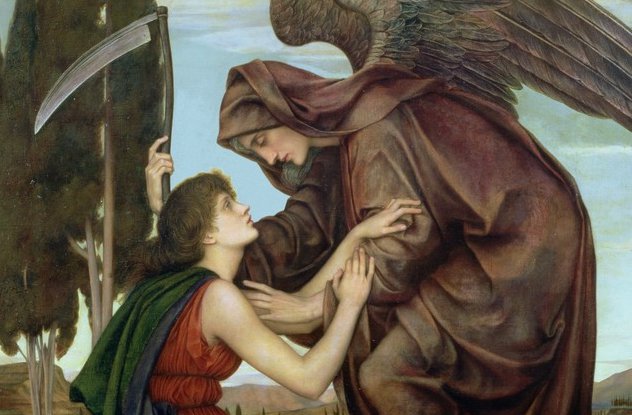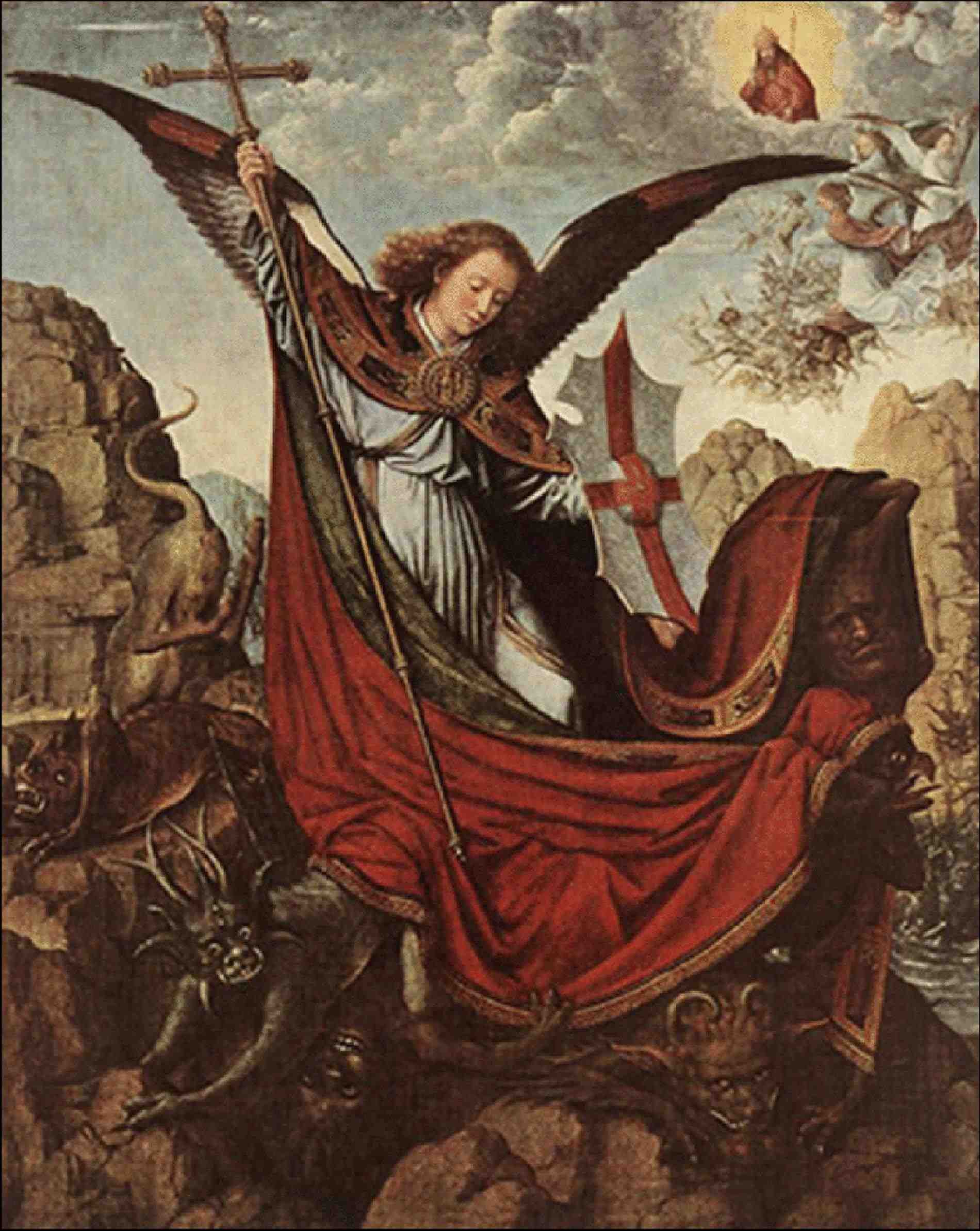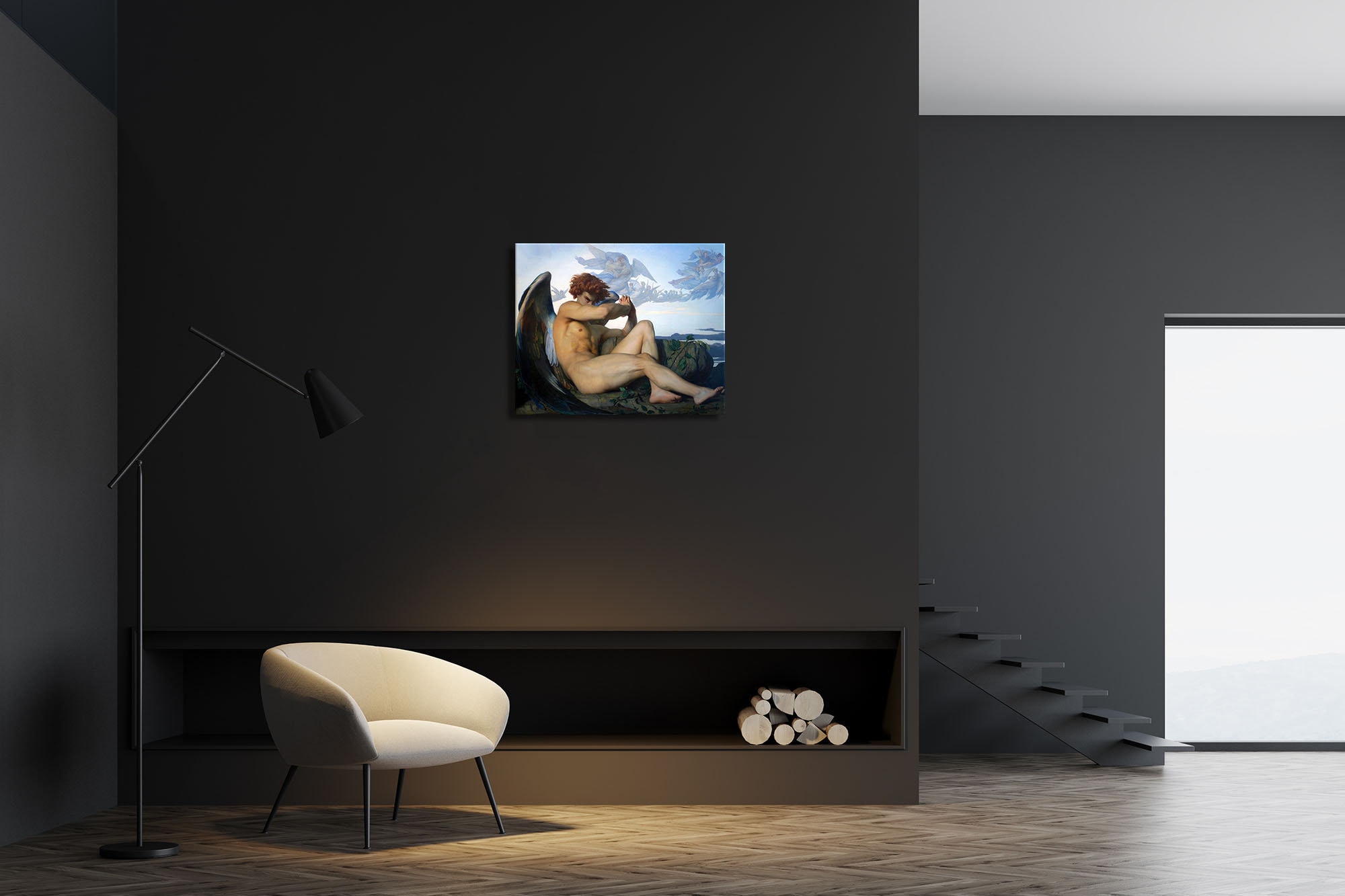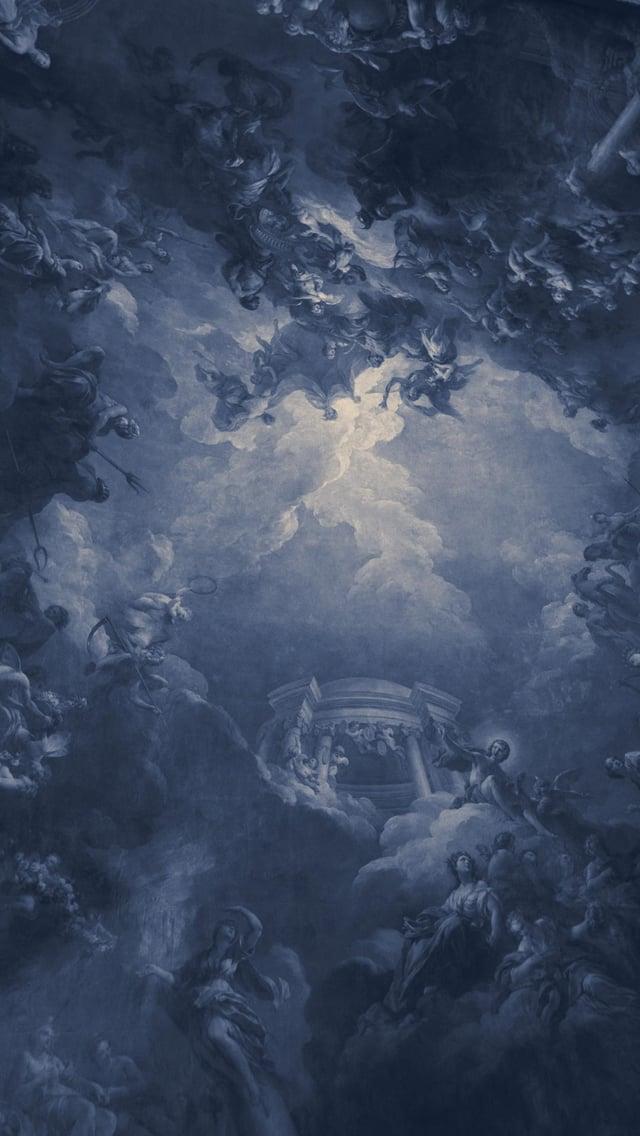Key Takeaways
– Fallen Angel Paintings: Explore the symbolism and themes behind these captivating artworks.
– Artistic Evolution: Understand how different artists have interpreted the concept over time.
– Symbolism and Interpretation: Discover the underlying messages and emotions conveyed through these paintings.
– Famous Works and Artists: Learn about renowned fallen angel paintings and the artists behind them.
– Cultural Impact: Examine how these artworks have influenced culture and society.
Introduction
The concept of the fallen angel has intrigued artists and art enthusiasts for centuries. These paintings often depict angels cast out from heaven, capturing a moment suspended between divine grace and earthly despair. The “fallen angel painting” is not merely a visual representation; it is a profound narrative that explores themes of rebellion, redemption, and the human condition. This article delves into the depths of fallen angel paintings, unraveling their symbolism, examining their evolution, and highlighting notable works that have left an indelible mark on the art world.

The Symbolism Behind Fallen Angel Paintings

Fallen angel paintings are rich with symbolism, often reflecting the duality of good and evil, innocence and guilt. These artworks typically portray angels with human-like features, emphasizing their vulnerability and emotional turmoil. The imagery of a fallen angel can be interpreted in various ways:
– Rebellion and Defiance: Many paintings depict the angel in a moment of rebellion, symbolizing defiance against divine authority. This theme resonates with the story of Lucifer, the most famous fallen angel, who was cast out of heaven for his pride and ambition.

– Loss and Redemption: The fallen angel often embodies the struggle for redemption, representing the hope of regaining lost grace. This theme is a powerful reminder of the potential for forgiveness and transformation.
– Human Condition: By portraying angels with human traits, artists explore the complexities of the human experience, including emotions such as sorrow, regret, and longing.
Artistic Evolution: From Classical to Contemporary
The depiction of fallen angels has evolved significantly over the centuries, reflecting changes in artistic styles and cultural contexts.
Classical Interpretations
In classical art, fallen angels were often depicted in a dramatic and theatrical manner. Artists like Gustave Doré and Alexandre Cabanel captured the grandeur and tragedy of these celestial beings with meticulous detail and emotive expression. Cabanel’s “Fallen Angel,” for example, is renowned for its portrayal of an angel with a melancholic gaze, embodying both beauty and sorrow.
Romantic and Symbolist Movements
During the Romantic era, artists began to explore more personal and introspective interpretations of fallen angels. The focus shifted from grandiose depictions to more intimate and emotional portrayals. Symbolist painters like Odilon Redon embraced the mystical and dreamlike qualities of the subject, using vibrant colors and abstract forms to convey a sense of otherworldly mystery.

Modern and Contemporary Perspectives
In modern and contemporary art, the concept of the fallen angel has taken on new meanings. Artists have used this theme to comment on societal issues, personal struggles, and existential questions. The diversity in style and approach reflects the ongoing relevance of the fallen angel motif in exploring the human psyche and societal dynamics.
Famous Fallen Angel Paintings and Their Artists

Several fallen angel paintings have achieved iconic status, each offering a unique perspective on this timeless theme.
Gustave Doré’s “Paradise Lost”

Gustave Doré’s illustrations for John Milton’s “Paradise Lost” are among the most celebrated depictions of fallen angels. His intricate engravings capture the drama and pathos of the epic poem, bringing to life the celestial rebellion and its consequences.
Alexandre Cabanel’s “Fallen Angel”
Cabanel’s “Fallen Angel” is a masterpiece of 19th-century art, renowned for its exquisite detail and emotional depth. The painting portrays a solitary angel, his wings folded, gazing wistfully into the distance. The work is a poignant exploration of beauty, loss, and introspection.
Odilon Redon’s Symbolist Interpretations
Odilon Redon approached the theme of fallen angels with a symbolic and imaginative lens. His works often feature ethereal, dreamlike figures, using color and form to evoke a sense of mystery and transcendence.
Cultural Impact and Legacy
Fallen angel paintings have left a lasting impact on both art and popular culture. Their themes resonate with audiences across generations, inspiring literature, music, and film. The enduring appeal of these artworks lies in their ability to capture the complexities of the human experience, offering a visual narrative that transcends time and place.
Influence on Literature and Film
The motif of the fallen angel has been a source of inspiration for countless literary and cinematic works. From Milton’s “Paradise Lost” to modern films exploring themes of redemption and rebellion, the fallen angel continues to captivate storytellers and audiences alike.
Contemporary Artistic Interpretations
Contemporary artists continue to explore the fallen angel motif, using it as a lens to examine modern issues such as identity, morality, and existentialism. This ongoing dialogue between past and present underscores the timeless relevance of the fallen angel in art and culture.
The fallen angel painting is a compelling and multifaceted subject that has captured the imagination of artists and audiences for centuries. Through its rich symbolism, diverse interpretations, and cultural impact, this theme continues to inspire and provoke thought. Whether viewed as a symbol of rebellion, redemption, or the human condition, fallen angel paintings offer a profound exploration of the complexities of existence, inviting viewers to reflect on their own journeys and the eternal struggle between light and darkness.